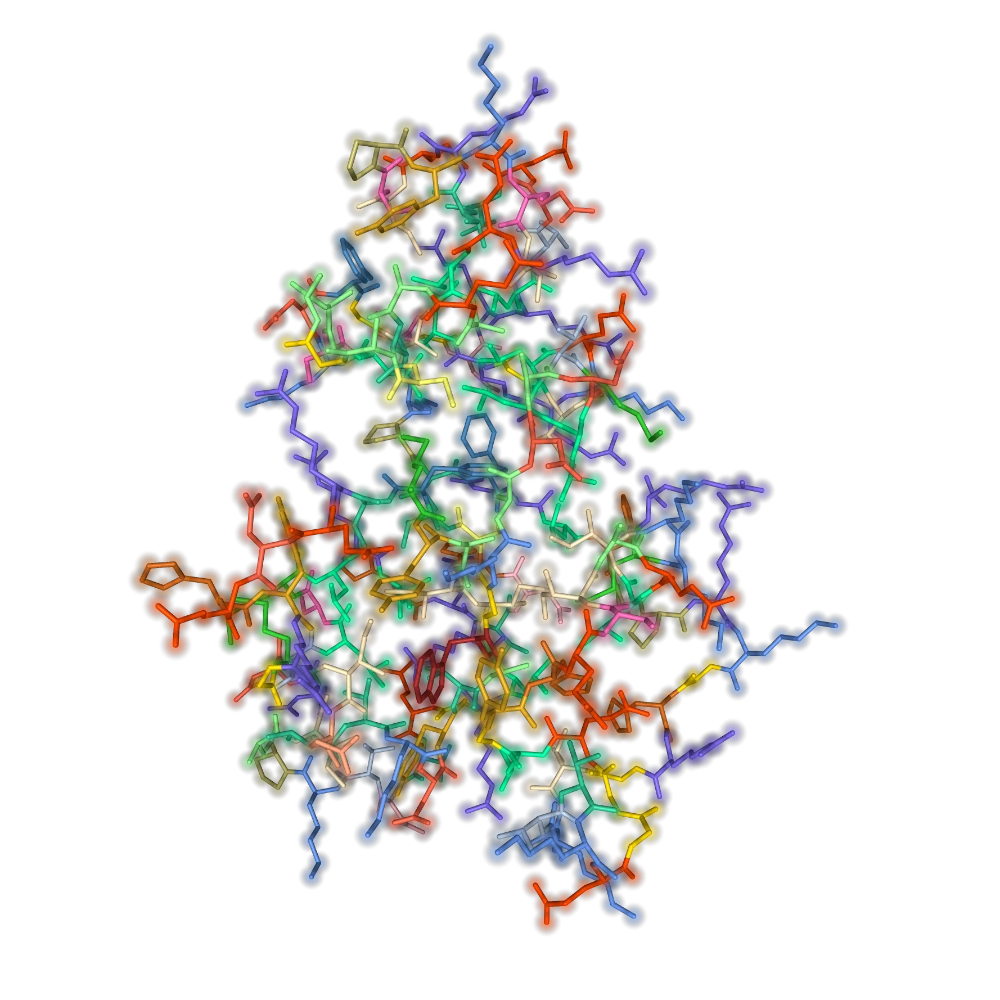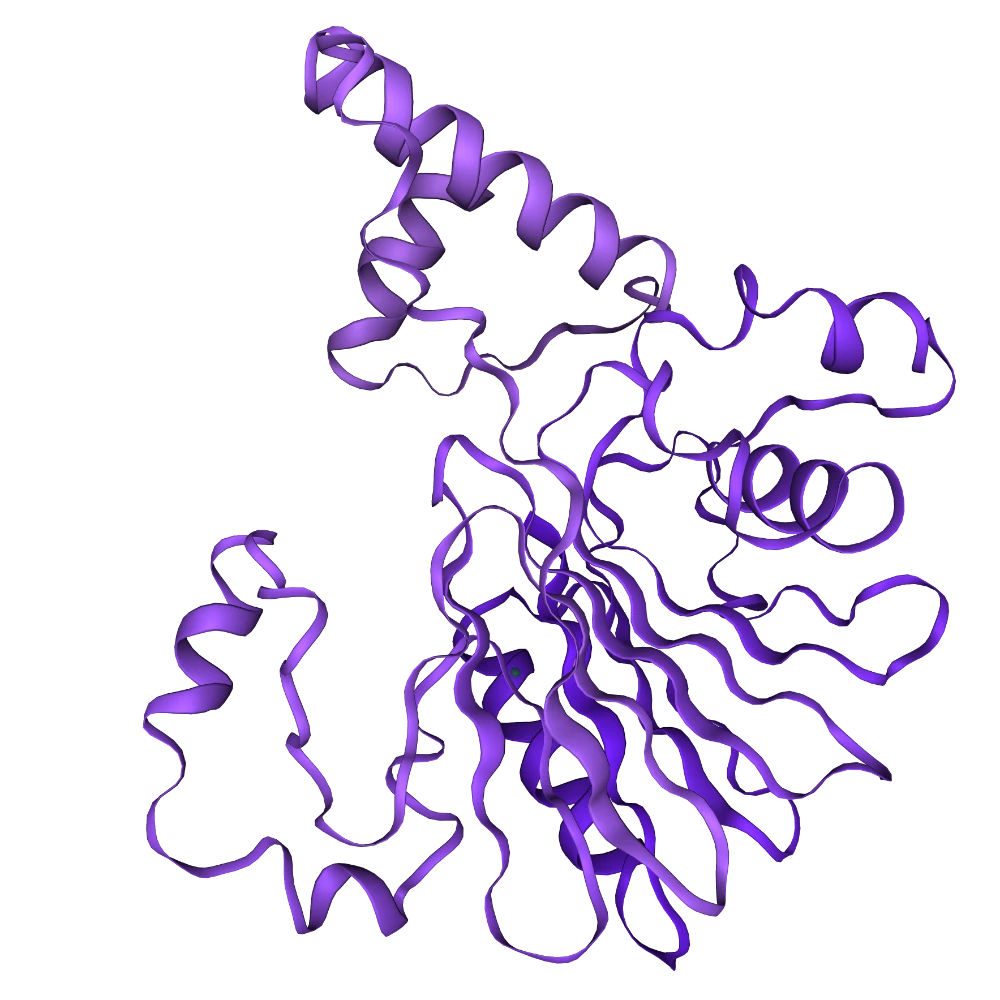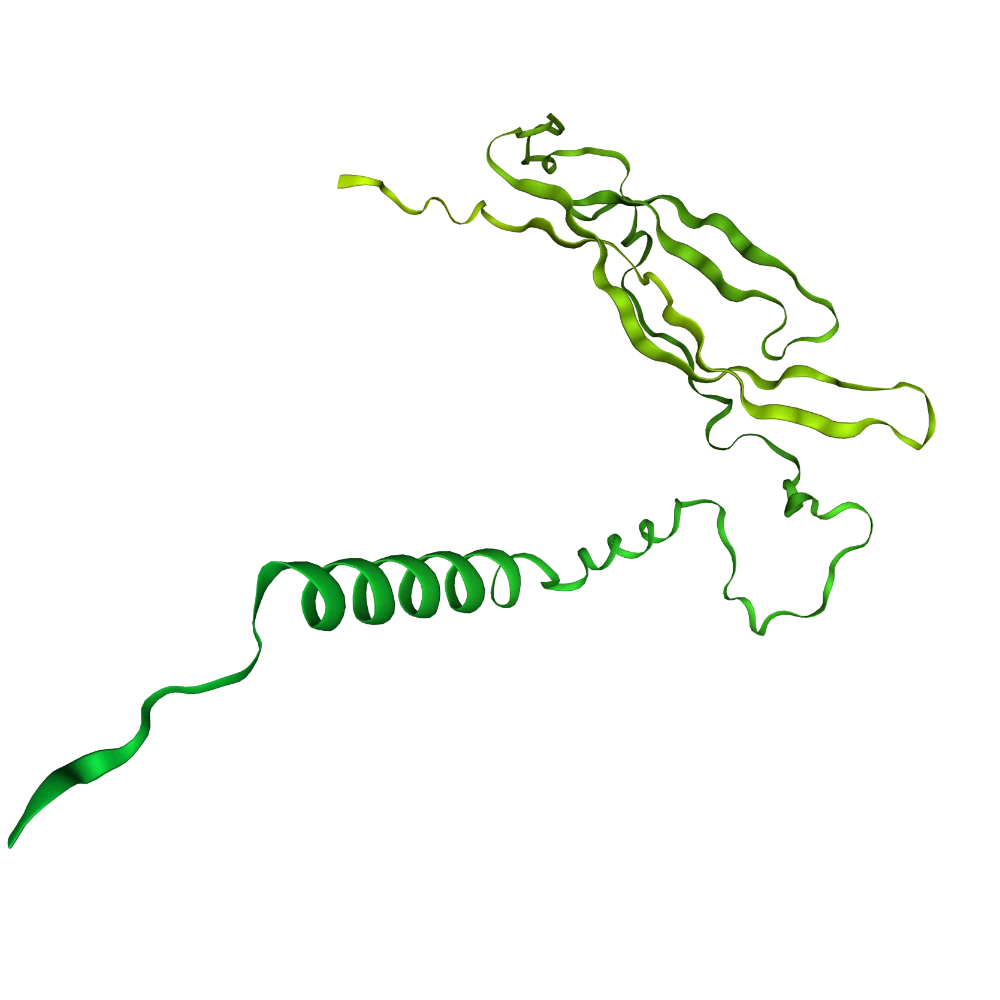Learn the Basics
Computational protein design workflows typically involve database searches, predictions of protein folding and function, designing new functional molecules, and visualizing the results. This tutorial walks you through a streamlined workflow for molecule programming using cutting-edge AI/ML techniques, with links to dive deeper into each component.
We’ve also integrated innovative de novo design methods so that you can create brand-new proteins from scratch with no template needed.
What are the pockets in uniprot P02144?
| Name | Sequence |
|---|---|
| Myoglobin | MGLSDG ... 154 |
30.3s on A10
| resi | p(bind) |
|---|---|
| 69 | 0.9970 |
| 94 | 0.9899 |
| 100 | 0.9825 |
| ... | ... |
Successfully predicted ligand-binding sites for protein P02144 chain A.
How To Do
Protein structure prediction is the process by which linear chains of amino acids and predicting its three-dimensional structures.
Protein Function Prediction involves analyzing the amino acid sequence of a protein to determine its biological roles
Molecular visualization is the process of creating graphical representations of molecular structures to understand their 3D shapes and interactions

Protein design involves creating proteins with specific functions by manipulating their amino acid sequences.

31Oai Copilot features integrated search capabilities that access public databases on proteins, small molecules, RNA, and cells, addressing issues of overlapping datasets and redundancy.

Molecular docking predicts how molecular structures, such as proteins and ligands, interact to form stable complexes